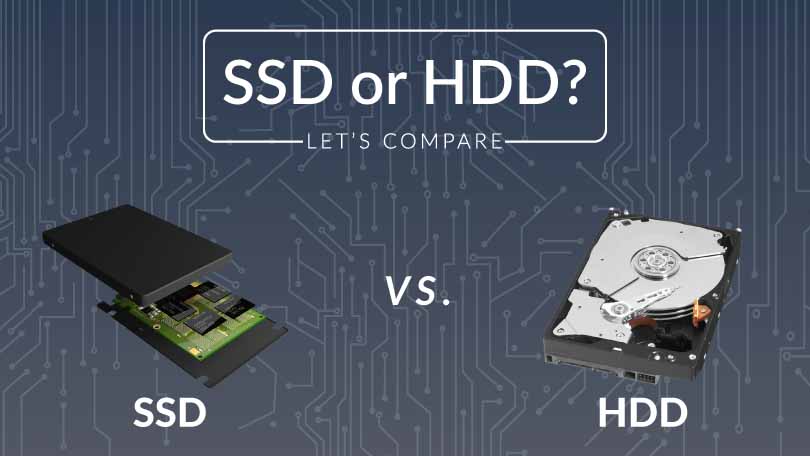The debate about the reliability of SSDs has been going on for years. There are several factors in SSDs favor. First and foremost, they provide impressive speeds, allowing them to be used both for home use and in servers that require high-speed data access. At the same time, all SSDs have the key feature of having a limited amount of information that can be written. Simply put, while a conventional HDD can last for decades until it fails, newer drives will cease to function once the threshold of recorded data is reached.

Households use quite ordinary SSDs which are known for their unimpressive characteristics for overwriting data. However, since common users do not regularly copy the whole driver, the capacity is long-lasting. Servers rely on more powerful drivers with a much higher capacity than households’ SSD. This triggers much debate, because the lifespan of solid-state storage devices is significantly shorter than the lifespan of the hard drivers. At least, this seems to be so.
Backblaze, a cloud storage company, has published the results of using 2558 SSDs on internal servers. At the same time, the data is published only for those drives that are considered system ones and contain the operating system. This approach is as close as possible to what happens on home computers, with the only difference being that much more information passes through the Backblaze system.
The results are as follows: after the first year of use, 0.66% of all HDDs failed, while none of the SSDs failed. At the end of the second year, the number of HDDs that failed rose to 1.54%, while SSDs reached 0.84%. The third year brought 1.38% for HDDs and 0.79% for SSDs. After the fourth year, 1.83% more HDDs were broken, while SSDs also increased to 1.05%. After the fifth year of boot drive operation, HDDs started to fail and the failure rate reached 3.55%, while SSDs had a failure rate of 0.92%. It’s not hard to calculate that SSDs have a high reliability rate in a 5-year study that is 3 times higher than HDDs.
Experts state that everything looks bright so far, but note that they do not use the key indicator of SSD life, which is critical for any modern disks. As written above, the problem is that after reaching a certain number of rewrite cycles, the SSD will fail. Judging by the fact that SSDs are indeed more reliable than conventional HDDs, this will not lead to data loss and force majeure situations. This means you’ll have time to copy all the information you need to newer drives. At the same time, even if after 10 years of use only 60% of your hard drives are still in service, there is every reason to believe that no SSD will last that long in constant overwrite mode.
This does not mean that you should not use SSD. This is a remote distant possibility for the households’ needs, while reliability and error tolerance are more important. However, it is too early to review the role of the solid-state storage devices and to say that HDD epoch is over. Today, the market leaders are developing big capacity hard drivers, although HDD is the best option for its capacity for money. It is evident that servers will still need the old technology for a long time, while the reliability criterion has many concessions, because a lot depends on what and how you count. Hard drivers could also be attractive to the large corporations. Today, 18 Tb SSD is just unbelievably expensive with its price equal to a second-hand car, while a usual HDD will not lead an economical user with his home video collection stored in PC to a bankruptcy.
Author Introduction
Boris Sibekin is a data recovery expert in DataNumen, Inc., which is the world leader in data recovery technologies, including Outlook repair and SQL recovery software products.